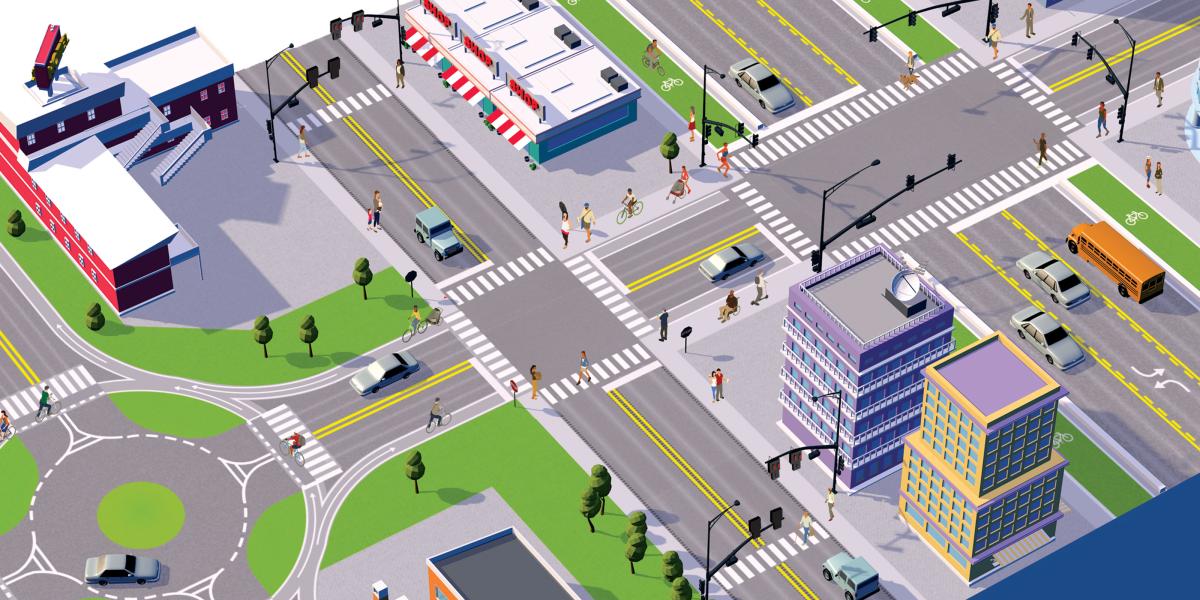The Road to Zero Traffic Deaths
Rumble strips, roundabouts, and other design improvements can drastically lower U.S. traffic deaths.
More than 40,000 people now die on U.S. roads each year. Reducing that number to zero may seem impossible. Not to Shannon Frattaroli. “We don’t have to die on the roads. Zero deaths is a reasonable goal,” says Frattaroli, PhD ’99, MPH ’94, director of the Johns Hopkins Center for Injury Research and Policy.
Simple changes in road design can minimize the often-deadly consequences of mistakes by drivers—and have sharply reduced traffic deaths in Sweden and other countries. The U.S. Department of Transportation recently announced that the Safe System approach (detailed last year in a report by the Center) would be its “guiding paradigm to address road- way safety.” And, importantly, the U.S. 2021 infrastructure bill provides the funds needed to begin building out Safe System innovations.
“This is a very exciting time in road safety, both in this country as well as in the world,” says Frattaroli, a professor in Health Policy and Management.
What's “Safe System”?
The Safe System approach emphasizes designing safety into road systems. Currently, the responsibility for safety is placed on people who are driving, walking, or cycling, and there is little recognition of the role that road design can have in preventing crashes and injuries.

-
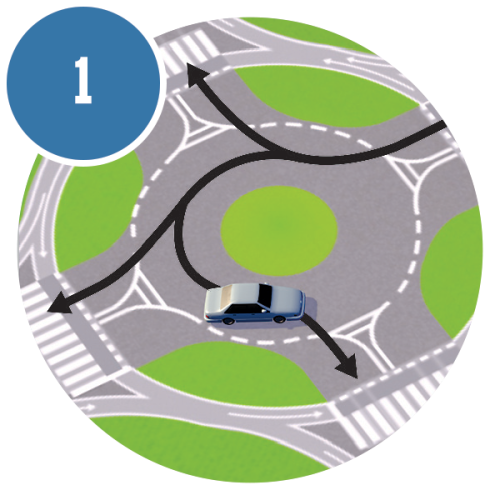
Roundabouts
Roundabouts slow traffic through dangerous intersections and reduce severe crashes by 78%–82%.
-
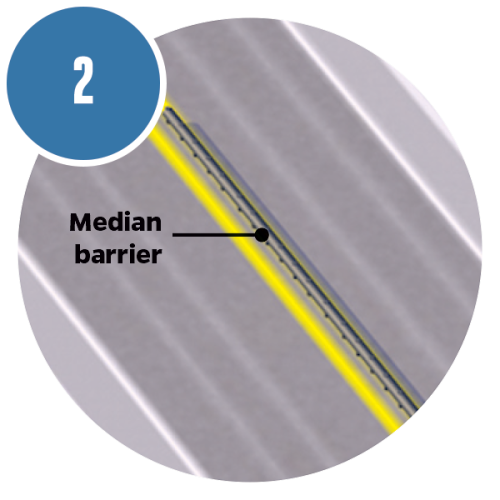
Median barriers
Median barriers on rural divided highways decrease high-speed, head-on crashes by 97%.
-
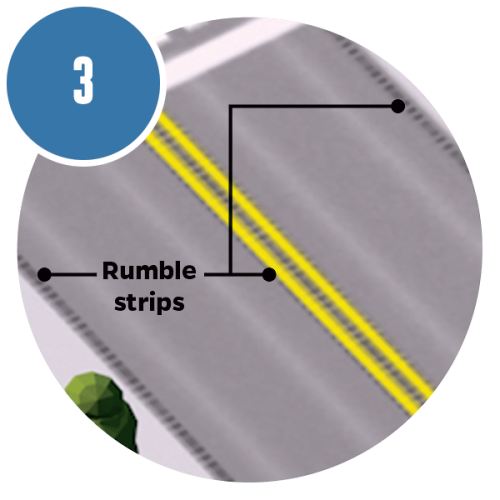
Rumble strips
Rumble strips alert drivers when they drift across centerlines and onto shoulders, reducing head-on crashes by 44%–64% and run-off-road crashes by 13%–51%.
-
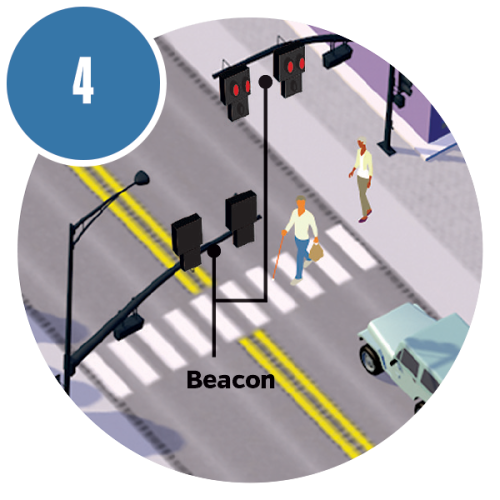
Pedestrian hybrid beacons
Pedestrian hybrid beacons make drivers aware of pedestrians crossing mid-block or through intersections without signals, decreasing pedestrian crashes by 55%.
-
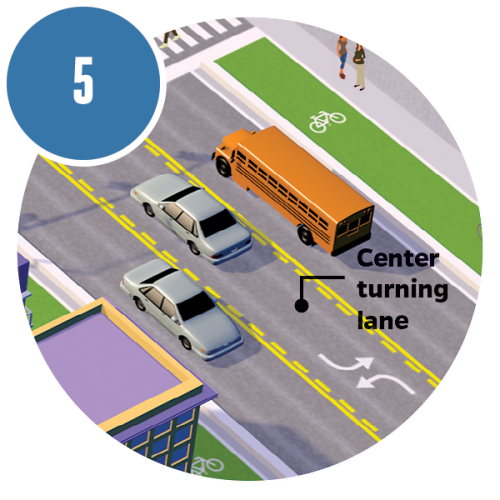
Center turning lane
Converting four-lane undivided roads to two thru lanes with a center turning lane cut crashes by 19%–47%.
-
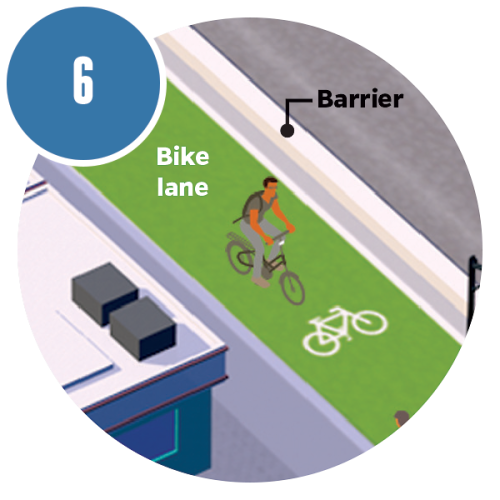
Separated bike lanes
Cities with more miles of protected bike lanes generally have safer roads for all users.
